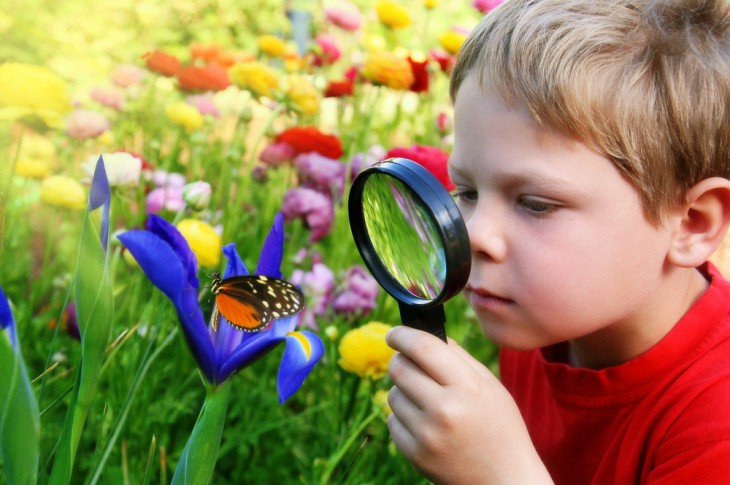Spending time in natural surroundings offers plenty of benefits to children. Aside from serving as an avenue for teaching little ones all about the world around them, green spaces can also help boost children’s health.
In the past years, scientists have been trying to prove the benefits of nature-related activities to human health. And, to some extent, they succeeded.
Solid scientific evidence aside, humans have an intuitive sense of connection with nature that cannot be denied. In fact, being surrounded by nature helps a person feel happier and reduces feelings of hostility and depression. It can also effectively help in improving negative feelings such as stress and anxiety, thus aiding in the restoration of vitality and energy.
To help your child develop a love for nature so he can experience all these positive benefits and more, here are four activities you can plan to try:
Table of Contents
Getting Down with Bugs
Whether you’re on a nature trip or just taking a stroll through your front yard, you’ll find that close encounters with bugs can be quite educational and entertaining for children. Let your child witness the wonder of insects flying and buzzing around. You might even be lucky enough to see his eyes light up from seeing bugs that light up.
There’s a good chance that a wide variety of bugs thrive within the four corners of your yard. However, you and your little ones will find more variety in fields, forests, and other places with rich ecosystems.
Make time to visit safe spaces where he can encounter bugs of all kinds, watch them in their natural habitat, and even get up close and personal with some creepy crawlies. Aside from sparking a love for nature, this activity also offers a way to show children that insects aren’t as scary as they seem.
Nature Walks
Sometimes, people forget that “exploring nature” doesn’t need to be complicated – a simple walk outside would do. However, not everyone may have access to green spaces where this can be done.
Of course, encountering plants, insects, and wildlife can also take place indoors, as in the case of man-made rainforests and botanical museums.
To help encourage your child to go on these walks, create a list of things that he can pick up along the way – much like a nature scavenger hunt.
You can also make the trip educational by inquiring about what his senses tell him about the things found in his surroundings. Below are some questions you can try asking your child:
- What color is the flower? What about the leaves?
- How does the flower smell?
- Can you hear the rustling of the leaves? How about the sounds of the crickets?
- Touch the bark of a tree. How does it feel?
While asking, be sure to maintain eye contact with your child. During these walks, parents must also remember to resist the urge to prevent kids from getting dirty. Keep in mind that the only way your child could truly learn from the activity is if they experience their surroundings.
Post-Nature Scavenger Hunt Activities
As mentioned earlier, scavenger hunts can make nature walks much more exciting for children. But aside from collecting the items on the list, you can also do something with the gathered things when you get home.
For example, you can put together a nature bracelet by stringing colorful flower petals and leaves together. These items can also be pressed into a plastic mat, which your child can use to remind him of his experience during the scavenger hunt. Edible leaves and seeds can also be cooked with your supervision and help.
The trick is to use your imagination. Get creative. If he is old enough, you can even have your child do the crafting all by himself to boost the effectiveness of the experience.
Building a DIY Bird Feeder
Birds are marvelous creatures. They can do what most animals can’t: fly.
But because they can fly, most birds are quite difficult to observe on land. The solution? Attract them with food.
To make this happen, you can craft a DIY bird feeder with your little one. All you need is a string and some berries, raisins, fruit, popcorn, and other foods that birds love to eat.
Thread the food with sturdy string. Then, loop the entire thing around a branch of a tree or a high place, and watch the birds flock to it. Your child will surely have a field day seeing several different kinds of birds right in your front yard.
Of course, if you want to introduce him to more varieties of birds, you can always bring your child to indoor ecosystems to get up close with spectacular birds in the UAE like toucans and caiques.
Setting Aside “Nature Time”
Learning about the activities in this article is a great start in sparking a love for nature in your child. To nurture this love, you should make it a point to regularly set aside time for your family to spend a day out in natural surroundings or in indoor parks or rainforests. Aside from the health benefits and immersive learning experience, nature time will also give you opportunities to bond and have fun.











